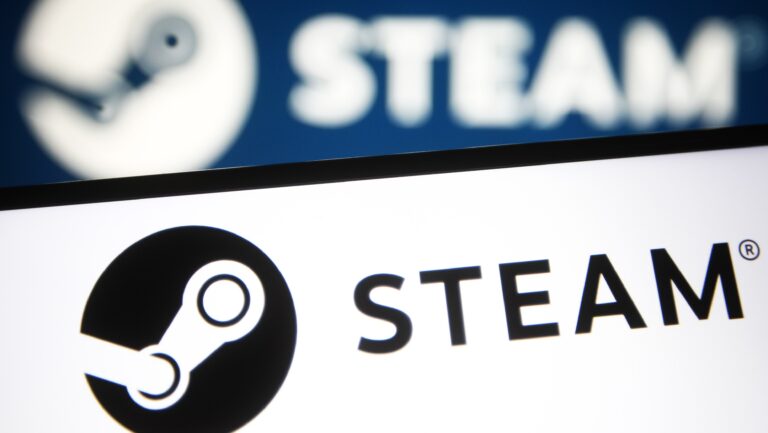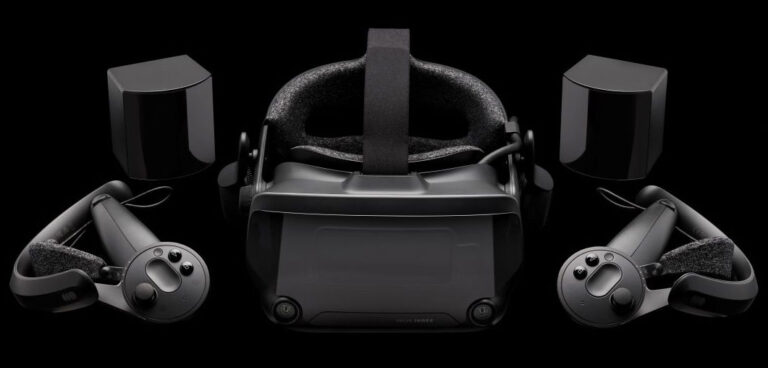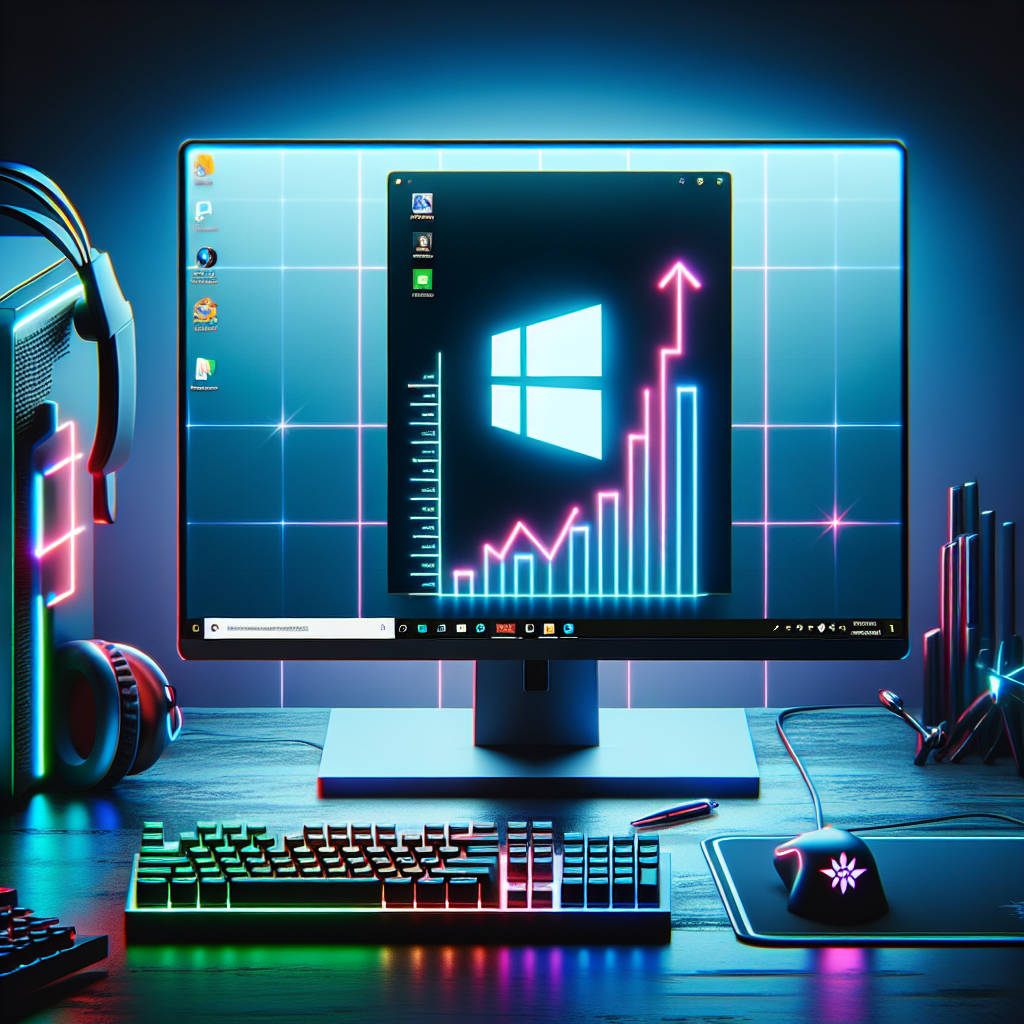Steam’s Hardware Survey Highlights for December 2023
The most recent hardware survey from Steam has revealed several significant trends among its gaming community as of December 2023. Notably, there has been a marked increase in the adoption of Windows 11, with the operating system now running on 44% of surveyed users’ machines, closing in on Windows 10’s 51% share. This represents a 4% increase from the previous month, indicating a steady growth in popularity among gamers.
Another key trend is the shift towards higher core count CPUs. The data shows a growing preference for eight-core processors, which now account for over 20% of the user base. This suggests a move away from dual and quad-core systems, which are becoming less common, especially in the budget segment of the market.
Additionally, there’s a noticeable decline in the number of systems with 8GB or less of RAM. The survey indicates that nearly half of the systems now boast 16GB of RAM, while the presence of 32GB configurations has slightly decreased, possibly due to the introduction of 48GB systems.
These findings underscore the gaming community’s progression towards more powerful and capable hardware configurations, likely driven by the increasing demands of modern video games.

Image credit: Digital Tech Explorer
Windows 11 Gaining Popularity
Despite the general market’s lukewarm reception to Windows 11, with only 26% of desktop users adopting the OS compared to Windows 10’s dominant 67% share, the gaming community is showing a different trend. According to the latest Steam hardware survey, Windows 11’s popularity among gamers is on the rise, now running on 44% of surveyed users’ systems. This is a significant contrast to the overall desktop market and highlights the gaming sector’s quicker adoption of the latest Microsoft operating system.
The upcoming release of Windows 12 is anticipated to further influence these figures. As the new OS is expected to launch later in the year, it could accelerate the decline of Windows 10’s dominance, with more gamers potentially transitioning to the latest Microsoft offering.
This trend is a clear indicator of the gaming community’s readiness to embrace new technologies and updates that can enhance their gaming experience. With Windows 11 gaining ground in this niche market, it will be interesting to see how the release of Windows 12 will reshape the landscape of operating system preferences among gamers.

Image credit: Digital Tech Explorer
CPU Trends Among Gamers
The latest Steam hardware survey has shed light on the evolving preferences for CPU cores among gamers. There’s a noticeable trend towards systems with a higher core count, particularly with the growing popularity of eight-core processors. This shift indicates that gamers are seeking more powerful CPUs to handle the increasing demands of modern gaming titles.
| Core Count | Popularity |
|---|---|
| Six cores or less | Still dominant |
| Eight cores | Over 20% share |
While six-core or fewer configurations remain the most common, the survey data suggests a clear trend away from dual and quad-core systems. These lower core count systems are increasingly being relegated to the cheapest of systems and are expected to be phased out in favor of more capable CPUs.
The rise in eight-core systems reflects the gaming community’s desire for more robust performance, capable of handling intensive multitasking and providing smoother gameplay. As games continue to push the boundaries of what hardware can do, it’s likely that we’ll see this trend towards higher core counts continue.
RAM Specifications
The Steam hardware survey for December 2023 has provided insights into the current trends in RAM specifications among gaming systems. Here’s a breakdown of the notable changes:
- Nearly 50% of systems now have 16GB of RAM.
- There has been a slight decrease in systems with 32GB of RAM.
- The introduction of systems with 48GB of RAM has been noted.
The prevalence of systems with 16GB of RAM is indicative of the gaming community’s push towards more capable multitasking and gaming performance. While the slight dip in 32GB configurations might suggest a market adjustment, the emergence of 48GB systems shows that there is still a demand for even higher memory capacities among certain users.
These trends reflect the ongoing evolution of gaming hardware, with gamers consistently seeking out systems that can provide a smoother and more immersive gaming experience.
Decline of Lower RAM Systems
The decline in systems with 8GB or less of RAM is a significant trend highlighted in the December 2023 Steam hardware survey. This trend can be attributed to several factors that are influencing gamers’ hardware upgrades:
- The availability of cheap memory has made it more accessible for users to upgrade their systems.
- With DDR5 memory kits typically starting at 2x16GB, there is a natural progression towards higher RAM capacities.
- Gaming laptops are increasingly being equipped with 16GB of RAM as a standard specification.
- An upgrade to 16GB of DDR4 RAM from 8GB is considered a very cost-effective improvement for those with older systems.
As games and applications become more demanding, the need for more RAM becomes apparent. The ability to run multiple applications simultaneously, including gaming while having numerous browser tabs open, necessitates a larger memory pool. Consequently, 8GB is quickly becoming inadequate for a smooth user experience, prompting gamers to opt for systems with higher RAM capacities.
Virtual Reality and Graphics Cards
The December 2023 Steam hardware survey has also highlighted a significant uptick in the number of users with VR headsets. Although the overall percentage remains small at 2.24%, this represents a 0.4% increase from the previous month, which translates to an over 20% month-on-month growth. This surge in VR headset adoption suggests a growing interest in virtual reality gaming among Steam users.
Despite the introduction of RTX 40-series models, these newer graphics cards have not yet seen widespread adoption. Nvidia continues to maintain a strong lead over AMD in the graphics card market. The dominance of Nvidia indicates that gamers are still favoring their products, possibly due to brand loyalty or perceived performance benefits.
The increase in VR headset usage and the steady preference for Nvidia graphics cards are both indicative of the evolving landscape of gaming technology and the preferences of the gaming community.

